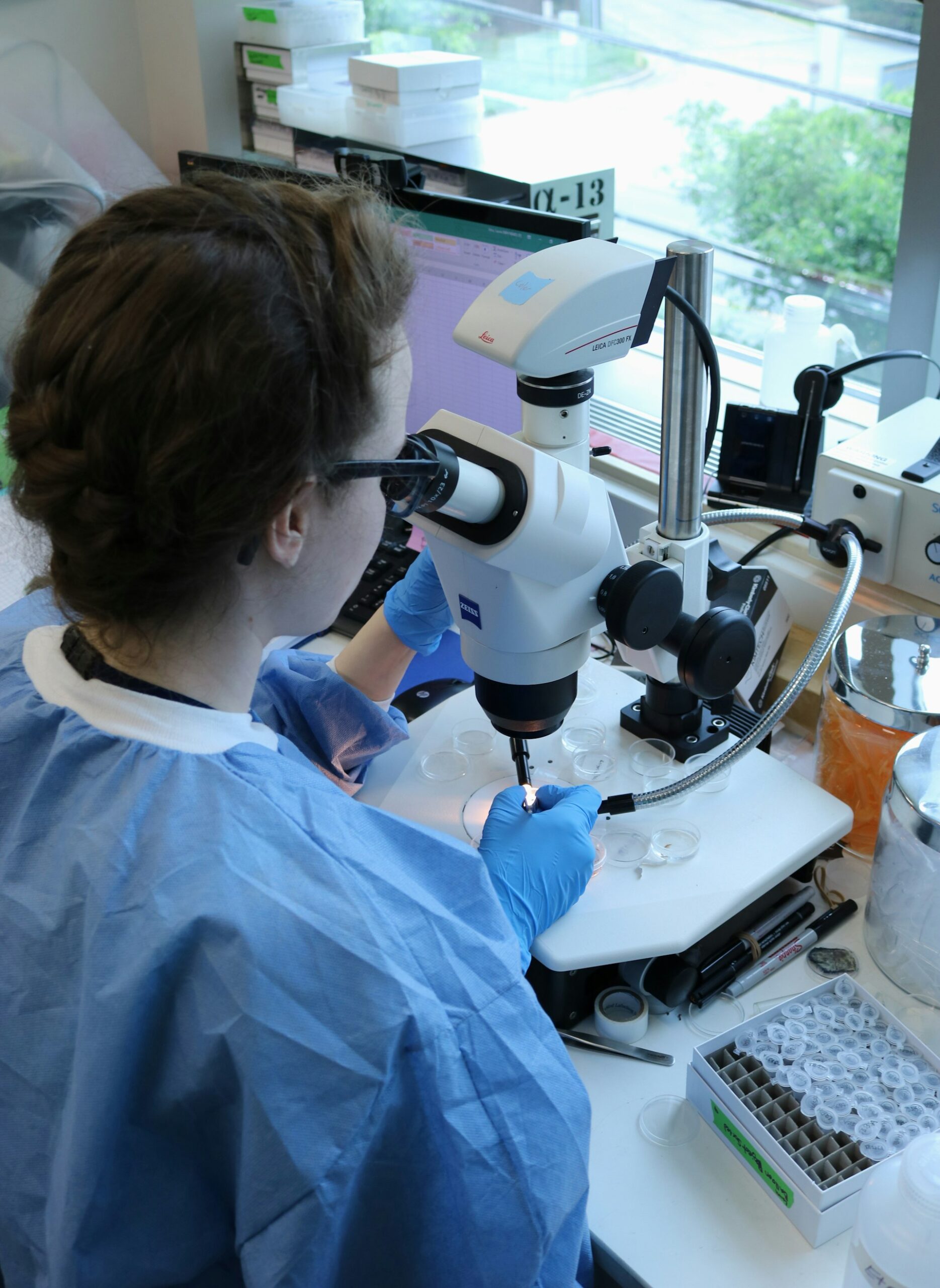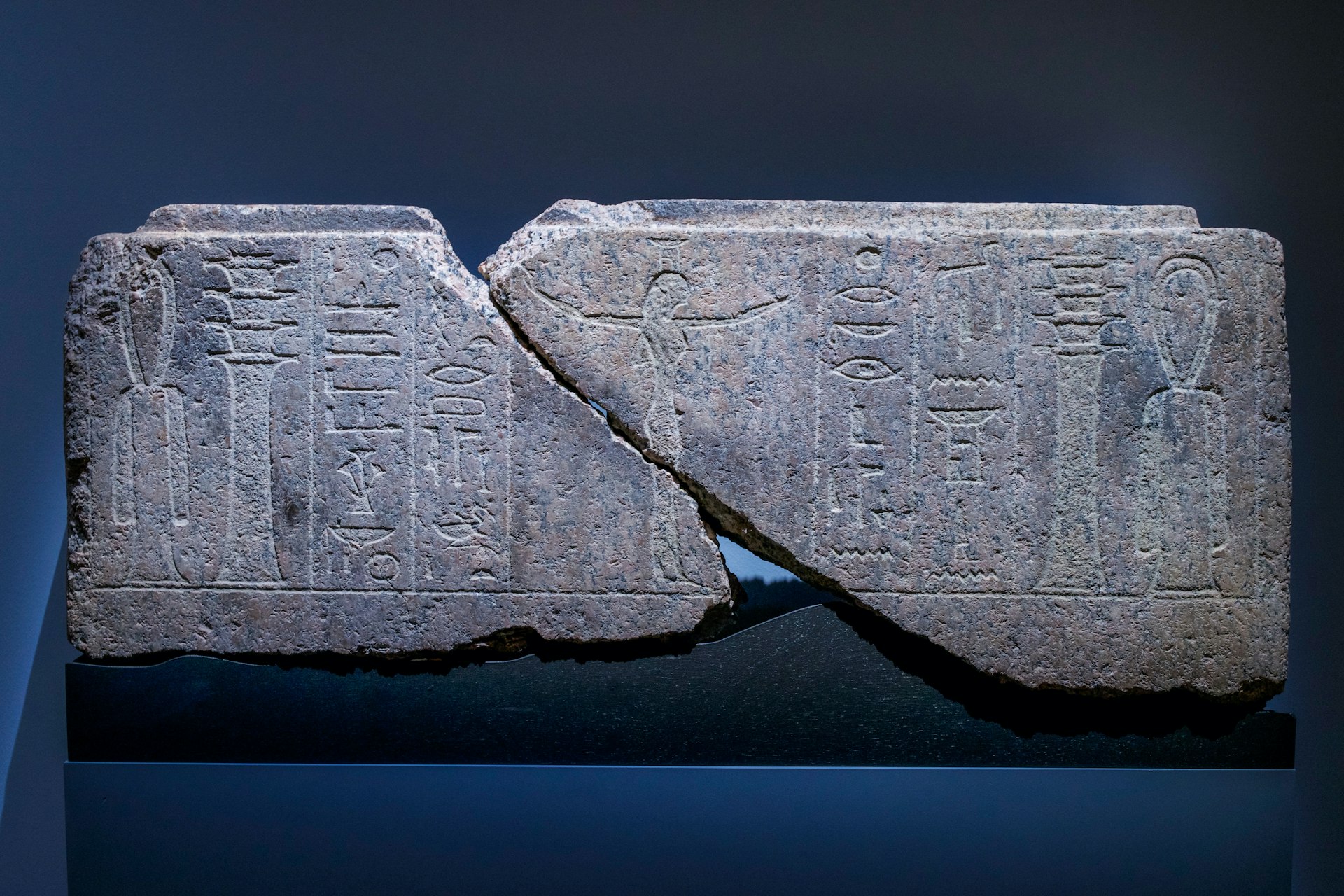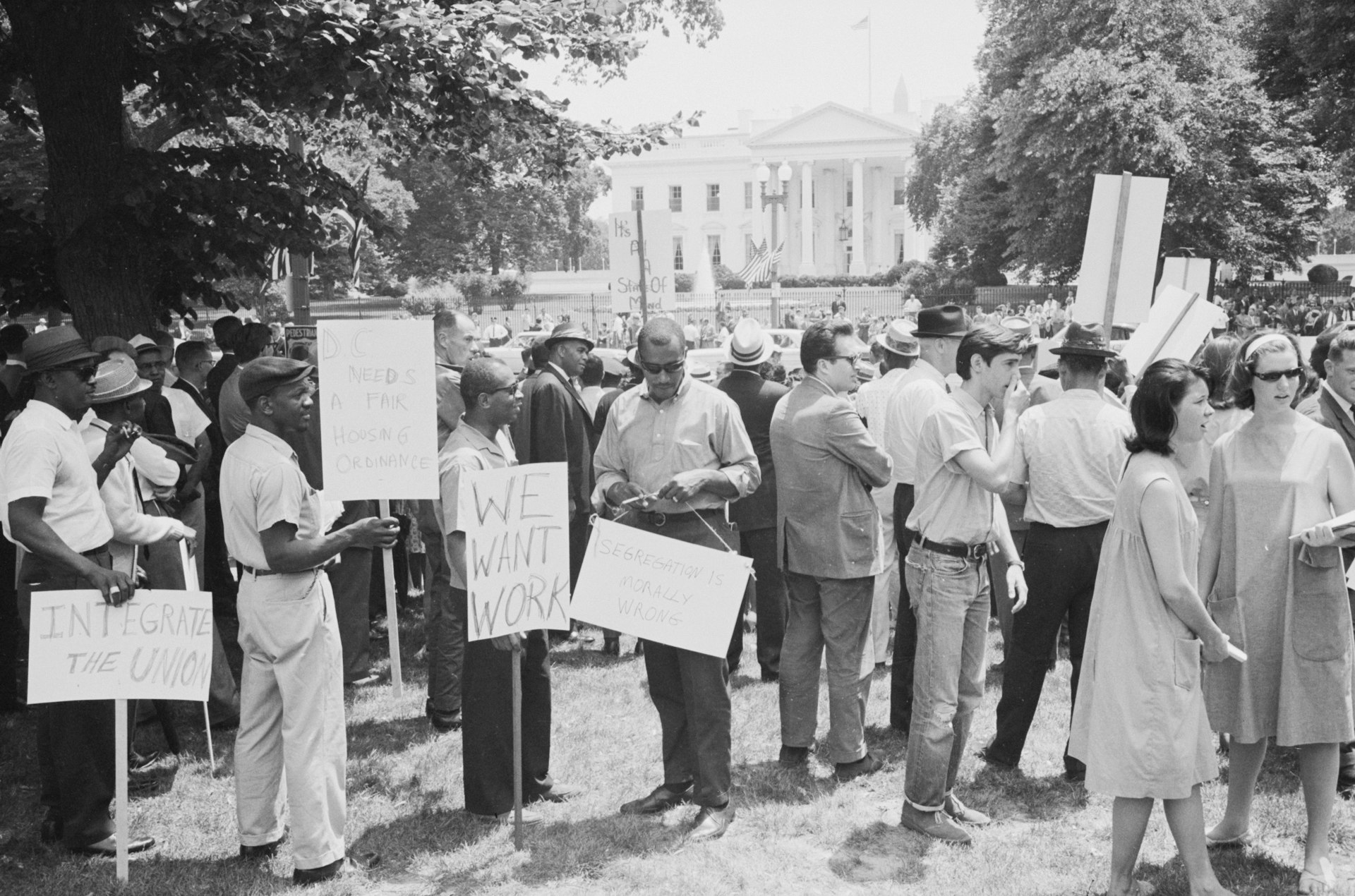Transform Your Wardrobe: A Practical Guide to Upcycling Thrift Store Finds Into Unique Fashion

Photo by Markus Winkler on Unsplash
Introduction: The Power and Potential of Upcycled Fashion
Upcycling thrift store finds into fashion is more than a trend-it’s a creative movement that blends resourcefulness, sustainability, and personal style. By transforming used garments into new, fashionable pieces, you can reduce waste, save money, and express your individuality. Upcycling is accessible to everyone, regardless of sewing skill, and can be a rewarding hobby or even a side business. This guide explores actionable approaches, inspiring examples, and expert-backed tips to help you turn thrifted clothes into one-of-a-kind fashion statements.
Why Upcycle? Key Benefits and Opportunities
Upcycling clothing from thrift stores offers multiple advantages:
-
Sustainability
: Upcycling helps reduce textile waste and environmental impact, a growing concern as the fashion industry is one of the largest polluters globally [1] . -
Affordability
: Thrifted garments are typically priced much lower than new clothing, allowing for experimentation without a big investment [2] . -
Creativity
: Upcycling lets you design pieces tailored to your tastes, and develop sewing or crafting skills along the way [3] . -
Unique Style
: Upcycled fashions are one-of-a-kind, making it easy to stand out from mass-produced trends [4] .
Getting Started: Sourcing and Preparing Thrift Store Finds
Before heading to the thrift store, take inventory of your own closet. Many expert upcyclers recommend starting with what you already own, as you may find garments suitable for transformation without any extra expense [4] . When shopping at thrift stores, consider these tips:
- Look for high-quality fabrics and oversized items, which are easier to work with and give you more material to repurpose [3] .
- Don’t shop with a fixed idea-let your finds inspire your project. Sometimes a garment’s color, pattern, or unique detail will spark creative ideas [3] .
- Always pre-wash items before starting your project to remove any residues and to allow for shrinkage.
- When possible, drape the garment on yourself at the thrift store (using a mirror if available) to visualize potential transformations [4] .
Project Ideas: Inspiring Upcycling Transformations
There are countless ways to upcycle thrifted clothes. Here are some real-world examples and step-by-step guidance:
1. Turning a Men’s Shirt Into a Women’s Tank Top
Oversized men’s shirts are a favorite base for upcycling projects. With some basic sewing skills, you can transform a button-up shirt into a stylish tank top by reusing the button placket and hemline, and adding details like pockets or racer-back straps. Beginners may find it helpful to use existing patterns and adjust for fit [3] .
Steps:
Select a shirt, cut along a tank top pattern, sew the new seams, and finish the edges. Add embellishments as desired.
2. Converting a Skirt Into Shorts
Skirts can be converted into shorts by using a pair of shorts as a template. This project works especially well with kids’ clothing and can be completed with straight-line sewing [5] .
Steps:
Lay the skirt flat, place a pair of shorts on top as a guide, and cut the fabric. Sew along the new seams, ensuring to finish raw edges for durability.

Photo by Look Studio on Unsplash
3. Making Accessories from Old Clothes
Garments that are too small or worn out can still be valuable. Sleeves, collars, and hems can become scarves, head wraps, or even bags. For example, an old T-shirt can be turned into a soft head wrap perfect for sensitive scalps or curly hair [5] .
Steps:
Cut the T-shirt into strips, braid or twist as desired, and sew or tie the ends for a finished accessory.
Expert Tips for Successful Upcycling
Professional upcyclers recommend several strategies to ensure success:
- Use existing garment details-such as pockets, zippers, or hems-to save time and add interest [3] .
- Combine fabrics from multiple garments for a patchwork effect or to create unique color blocking.
- Invest in basic sewing tools like a seam ripper, sharp scissors, and a sewing machine if you plan to upcycle regularly.
- Start with simple projects and gradually tackle more complex alterations.
- Consider dyeing garments to update faded colors or create a completely new look-but test dyes on a small area first .
Step-by-Step: Your First Upcycling Project
If you’re new to upcycling, start with a straightforward project like turning a T-shirt into a tote bag. Here’s a step-by-step process:
- Choose a clean, oversized T-shirt.
- Cut off the sleeves and neckline to create handles.
- Turn the shirt inside out and sew the bottom hem closed.
- Turn the shirt right side out, and you have a reusable tote!
This project requires minimal sewing and is a great introduction to upcycling techniques [5] .
Potential Challenges and How to Overcome Them
Common challenges include:
-
Fit Issues
: Upcycled garments may require adjustments for proper fit. Use patterns or existing clothing as templates to improve accuracy. -
Fabric Limitations
: Some thrifted garments may have stains or worn areas. Work around these by cutting strategically or adding patches. -
Lack of Experience
: Beginners may find sewing intimidating. There are numerous free tutorials on platforms like YouTube and blogs, and many local community centers offer sewing classes.
Alternative approaches include using no-sew techniques such as fabric glue or iron-on tape for simple projects.
How to Access More Resources and Community Support
For inspiration and support, consider joining online communities or following upcycling creators on platforms like TikTok and YouTube. Search terms such as “upcycle thrift store fashion tutorial” or “thrift flip DIY” yield hundreds of tutorials and project ideas. You can also look for local sewing groups or makerspaces in your area, which often host workshops for beginners.
If you desire structured guidance, many community colleges offer beginner sewing and fashion design classes. Search for “sewing classes near me” or contact your nearest community college for enrollment information.
Alternative Approaches and Expanding Your Skills
Beyond basic sewing, you can incorporate other crafts into your upcycling projects:
-
Embroidery
: Add custom designs or repair holes artistically. -
Fabric Painting
: Use textile paints to create patterns or cover stains. -
Appliqué and Patching
: Combine fabrics for a playful look or to reinforce worn areas.
As you develop your skills, you may consider selling your upcycled creations at craft fairs or online marketplaces. Research local regulations and explore platforms like Etsy for additional guidance on how to start a small upcycled fashion business.
Key Takeaways
Upcycling thrift store finds into fashion is an accessible, rewarding, and eco-friendly way to refresh your wardrobe. By following expert advice, starting with simple projects, and gradually expanding your skills, you can create unique garments while reducing your environmental footprint. For ongoing inspiration and step-by-step tutorials, explore reputable online resources and connect with the vibrant upcycling community.
References
- [1] EPA (2024). Textile Reduce, Reuse, Recycle.
- [2] thredUP (2025). Fashion Resale Market Impact.
- [3] Among Brenda’s Quilts (2024). Upcycle Clothing from Your Own Closet or a Thrift Store.
- [4] Seamwork (2024). 10 Tips for Upcycling Your Clothes with April from Coolirpa.
- [5] Upcycle My Stuff (2024). Upcycling Clothes: The Ultimate Guide for Beginners.
- YouTube (2024). Upcycling Thrifted Clothes | Thrift Flip episode 1.



